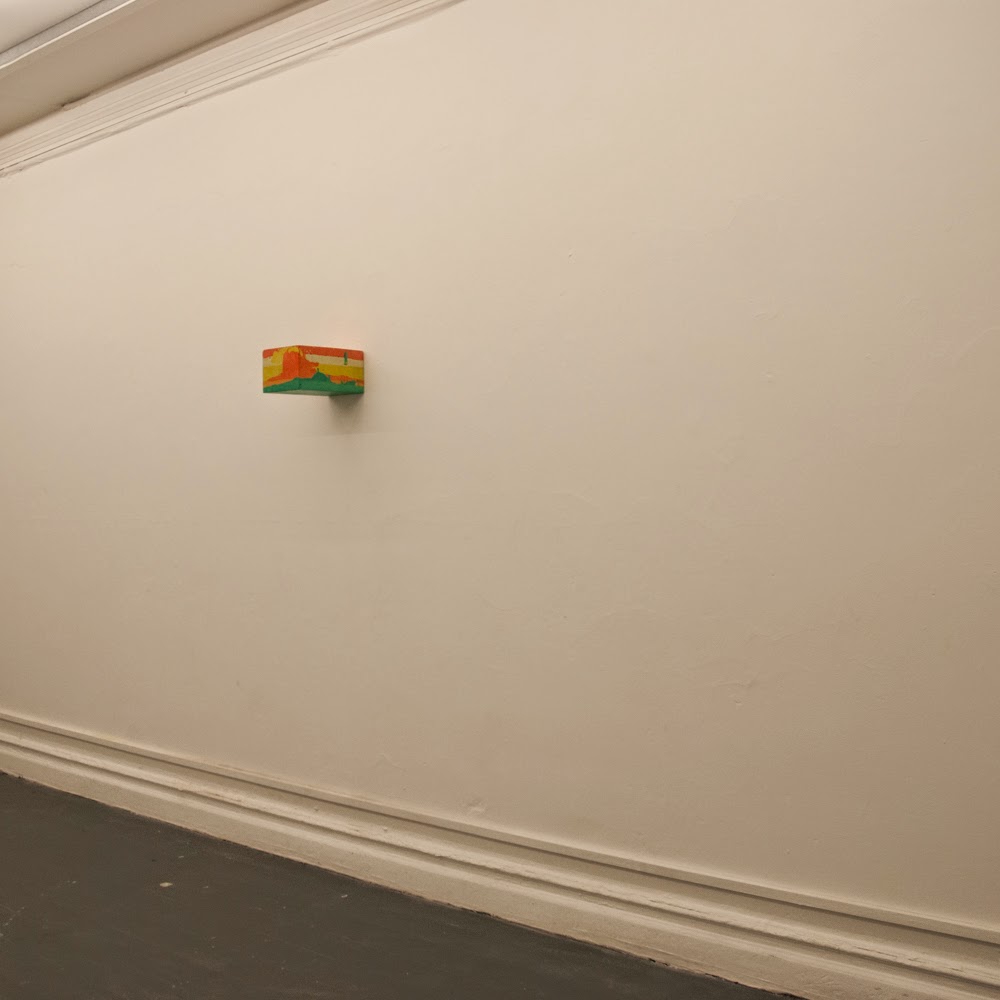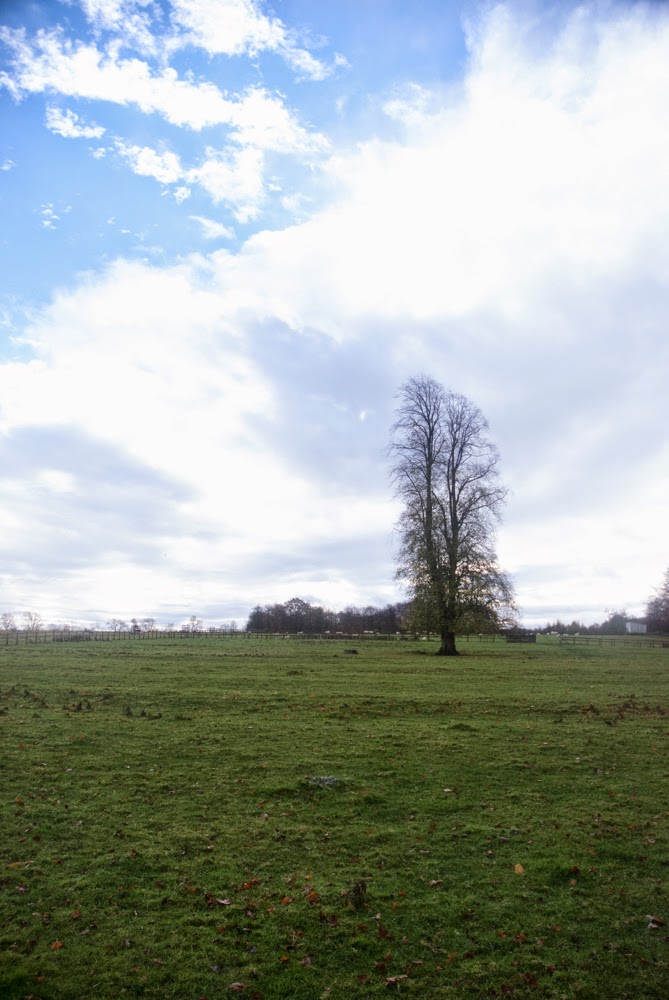I am delighted to have been appointed as Artist Assistant for Newcastle based artist Sabina Sallis.
I had received an email about the opportunity. Knowing how much I have previously enjoyed assisting artists, and after doing some research into Sabina's work, I was very eager to apply. After submitting my Artist CV and a statement explaining why I wanted the job and what I could bring to the role, I was invited for a informal interview and the rest is history, as they say.

We met briefly today at Sabina's lovely studio in NewBridge Projects to go through some of the work that Sabina would like me to do, and to have a chat about her 'Art Council founded research and development project with the working title: “ The Source of Resilience”. The project explores the many faces of sustainability via myth and permaculture and the nature/culture dichotomy. The project will lead to a publication and exhibition at The NewBridge Project Gallery in Newcastle curated by Arts Territory from London.
In her research project, Sabina is looking at how mythology grows from our connection with the land and nature, and how those mythologies relate to and are informed by a modern scientific, philosophical and cultural understanding of the world. At the core of this research idea is a deep ecological and political conviction that what is at fault now in the current environmental crisis is a lack of a meaningful relationship with the natural environment. Sabina looks at bio-diversity, eco-systems, mythologies and the roots (origins) and principles of permaculture as way of directing her research and as a platform to work from.
As a part of the research project Sabina is doing an artist residency at Scotswood Community Gardens in Newcastle, (SNCG). SNCG was established nearly 20years ago and it was designed as a permaculture forest garden on two-acre site. There are orchards, wildflower meadows, woodland, several ponds and vegetable plots.
Sabina has been a regular visitor to the garden for over 5 years now, and during the last few months she has been venturing around the garden guided by her artistic agenda.
Sabina is there to gather images, videos, thoughts, drawing materials to be used towards her publication and exhibition and also towards workshop which she will run in the garden with the existing youth group there.'
More info about the project here:
https://www.a-n.co.uk/blogs/permanent-research-the-source-of-resilience/post/52389661/More info about Sabina’s art practice here:
www.sabinasallis.com
I'm really excited about working with Sabina and learning more about her way of way and approach to making work.






































































